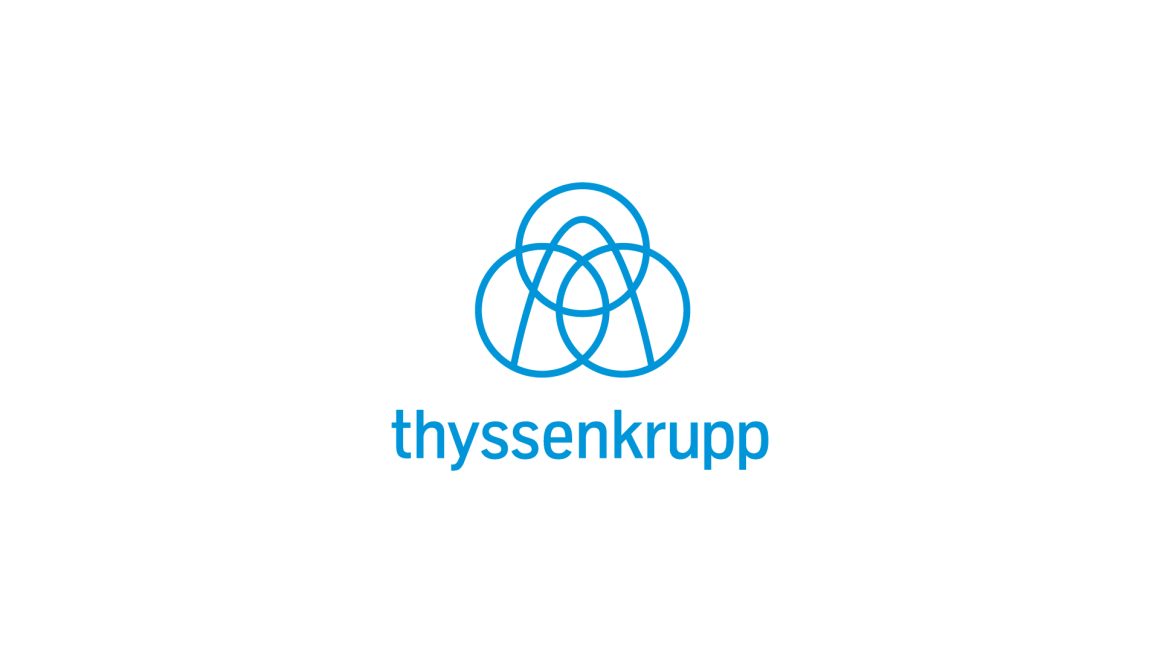2011 was the year a new breed of CEOs began to appear at the helms of some of Germany’s largest corporations: the energy group RWE, the chemical giant BASF, the universal bank Deutsche Bank, and the company that was once synonymous with steelmaking, Thyssenkrupp. Four things set Thyssenkrupp’s new CEO Heinrich Hiesinger apart: his election didn’t feature the extreme boardroom drama and leadership conflicts experienced at RWE and Deutsche Bank. He was to lead a conglomerate that was substantially more diversified than the others and he was the only new CEO not promoted from within (he was, in fact, a veteran of Siemens, having lasted two decades, and the first boss at Thyssenkrupp to come from outside the steel industry) – finally, he was to take up the reins of a company that was simultaneously battling nearly every kind of problem one could possibly imagine: a massive downturn in key markets, ballooning losses at many plants, ill-fated international expansion projects, corruption allegations, cartel charges, corporate governance issues and severe credit downgrades. Mr. Hiesinger was facing a daunting task but was unshakably certain he could steer this capsizing ship into a safe harbor. Somewhat ironically, Thyssenkrupp has three hundred years of expertise and experience in the construction of ships.


